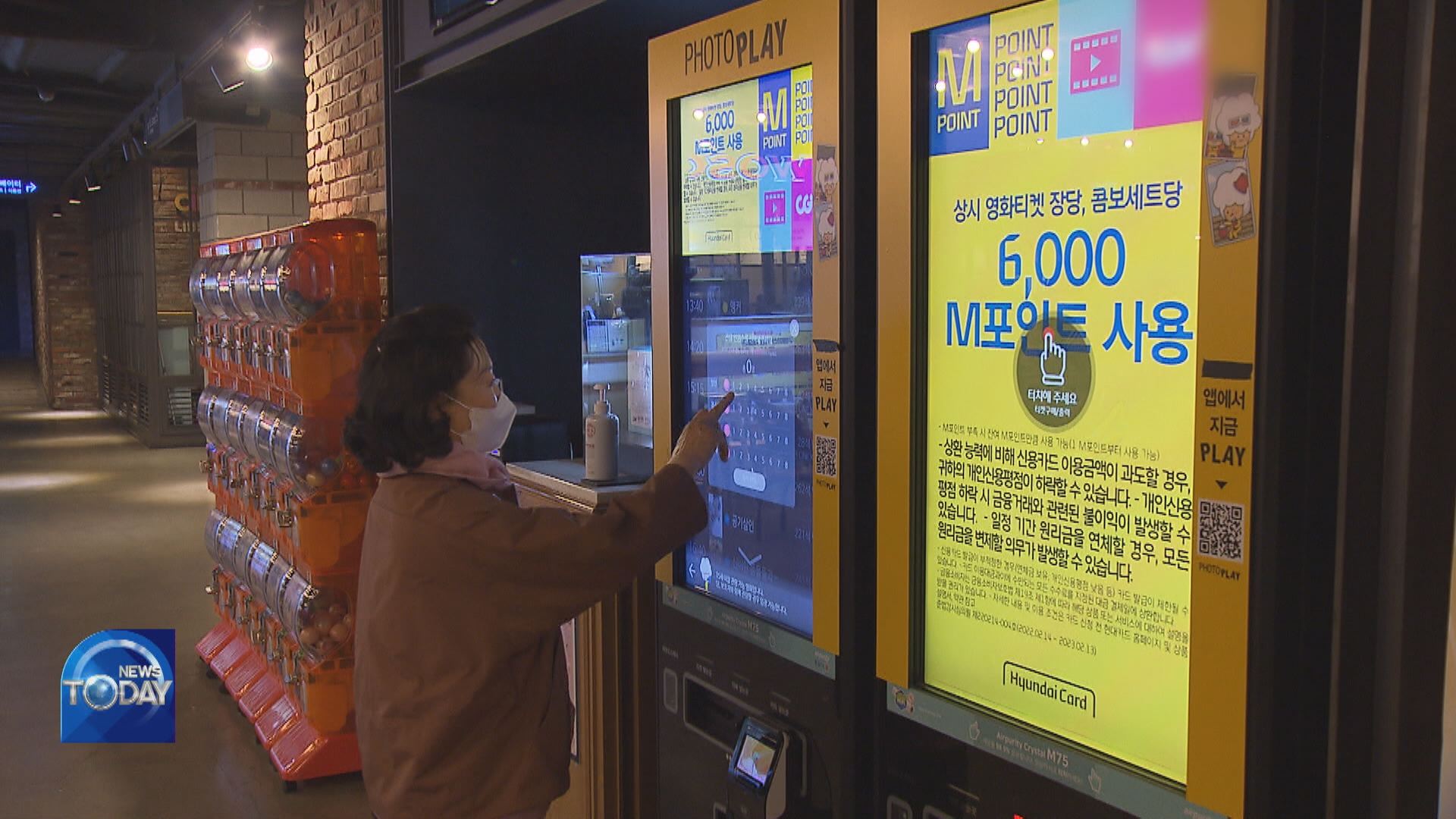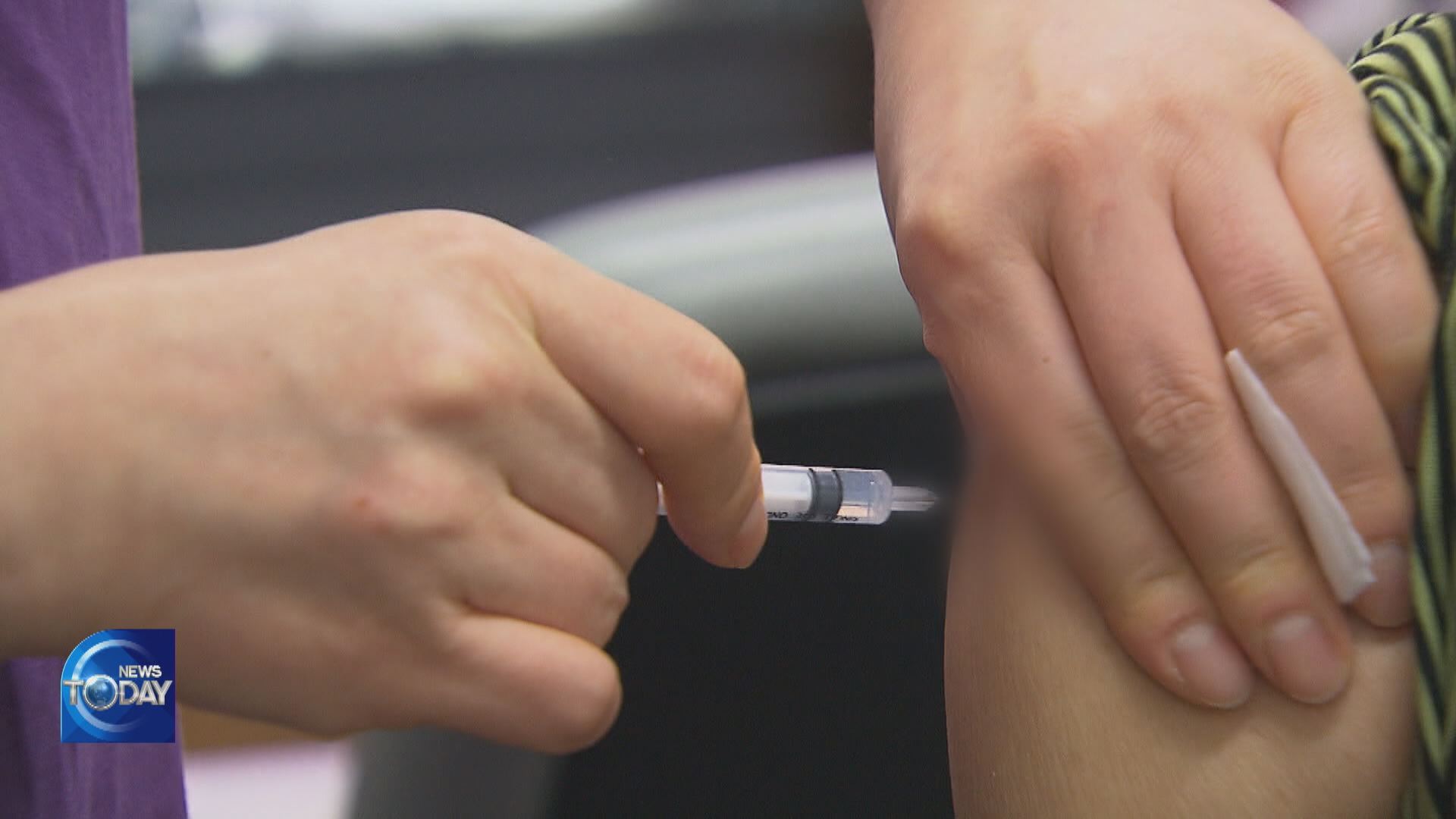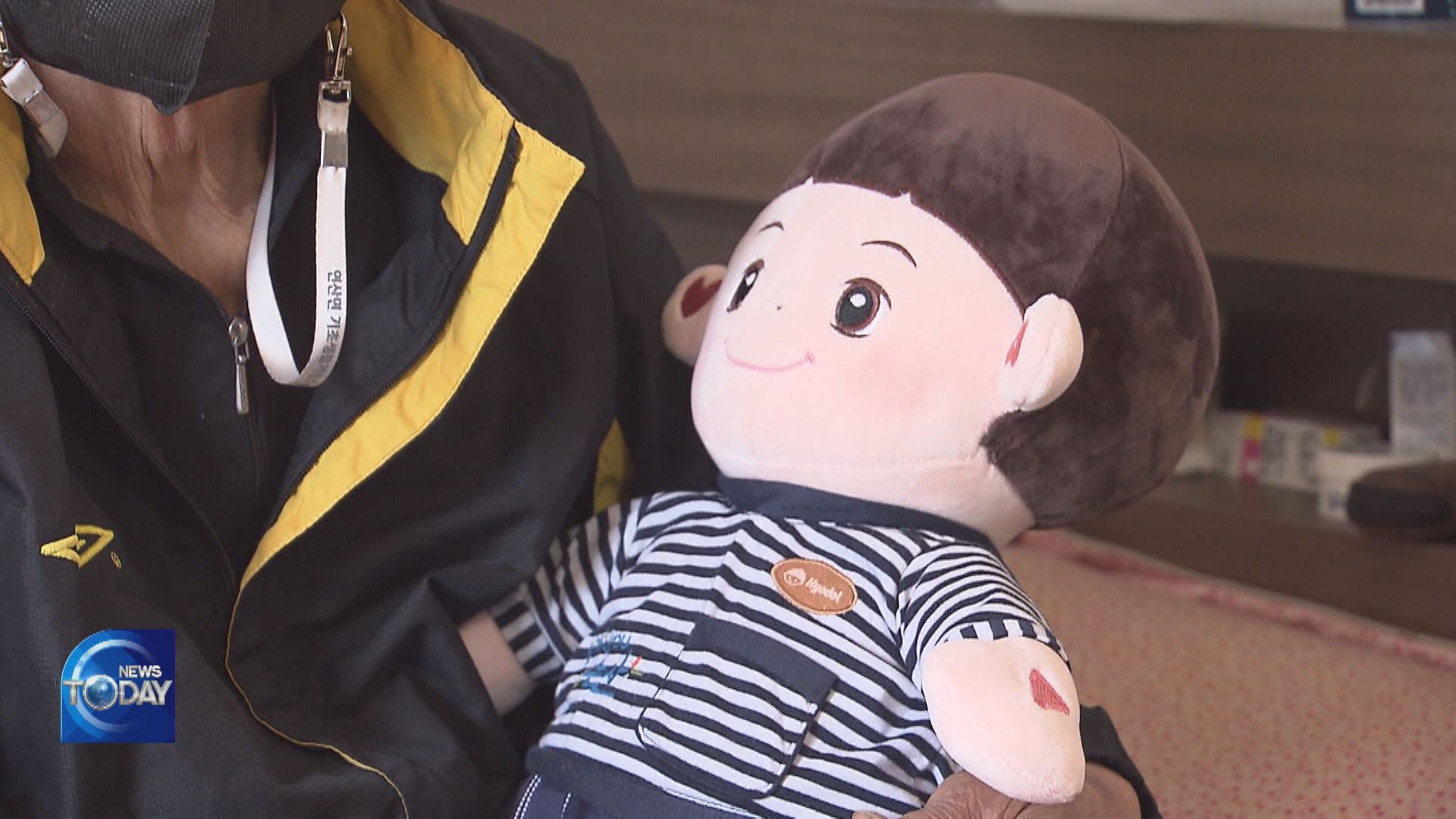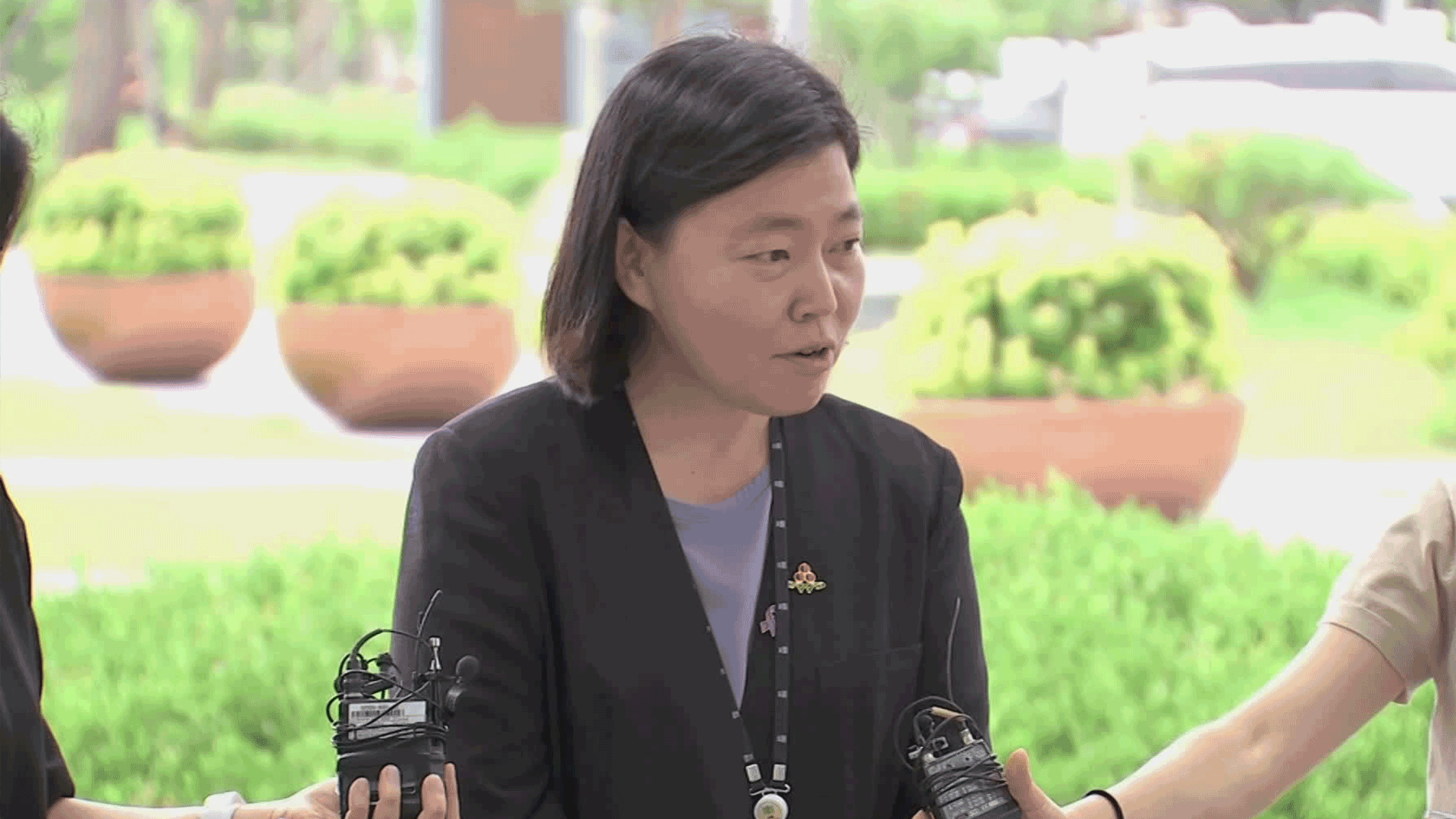DIFFICULTIES IN USING KIOSKS
입력 2022.05.09 (15:22)
수정 2022.05.09 (16:43)
읽어주기 기능은 크롬기반의
브라우저에서만 사용하실 수 있습니다.
[Anchor Lead]
As people avoid making face-to-face contacts and businesses look to save labor cost since the pandemic, automated self-ordering machines called ‘kiosks’ have become popular in restaurants and theaters. But using the kiosks is not that easy for middle-aged people, not to mention the elderly.
[Pkg]
73-year-old Ahn Myeong-ja has been struggling to use the ticketing kiosk at a theater for more than ten minutes. She has chosen the movie and the number of tickets, but she was stumped by seat selection.
[Soundbite] Ahn Myeong-ja(73 Years Old) : “The ticket, discount and payment are all 0 won.”
A young man using the kiosk next to her finished buying his ticket in less than a minute. She is at the self-checkout counter of a grocery store. There are so many steps to go through until she pays for the groceries.
[Soundbite] Ahn Myeong-ja(73 Years Old) : “I scanned the bar code, but...”
She is just as confused at a fast food restaurant with a myriad of menus.
[Soundbite] Ahn Myeong-ja(73 Years Old) : “There is no select button here.”
A survey by the Ministry of Science and ICT showed that on a scale of 100 on the information digitalization rate of ordinary citizens, people 55 or older registered at only 69.1%.
[Soundbite] “Have you heard of a Kiosk?”
This is a digital training class for the elderly.
[Soundbite] “What should you do after ordering? Pay? Should I press this?”
These senior citizens try paying for items at a practice kiosk.
[Soundbite] “Let’s call a cab to your home.”
They also learn how to call a cab with their smartphones.
[Soundbite] Hwang Ok-ju(Seoul Resident) : “It was really inconvenient because I didn’t know much about new machines. I’m grateful for this opportunity.”
There are such digital training centers and several projects that assist individuals unaccustomed to digital means. But there are calls for a more fundamental legislative solution to address the problem. The digital inclusion bill tabled in January 2021 stipulated that the state or a local government establish digital training programs and ensure that digitally disadvantaged people have access to kiosks.
[Soundbite] Prof. Hwang Yong-suk(Konkuk Univ. of Media Communication) : “Support projects that can give more opportunities to the socially vulnerable population can be undertaken with a more systematic and stable budget.”
The bill has been pending in the standing committee for over a year. But it may soon be legislated as the incoming government is very eager to narrow the digital gap.
As people avoid making face-to-face contacts and businesses look to save labor cost since the pandemic, automated self-ordering machines called ‘kiosks’ have become popular in restaurants and theaters. But using the kiosks is not that easy for middle-aged people, not to mention the elderly.
[Pkg]
73-year-old Ahn Myeong-ja has been struggling to use the ticketing kiosk at a theater for more than ten minutes. She has chosen the movie and the number of tickets, but she was stumped by seat selection.
[Soundbite] Ahn Myeong-ja(73 Years Old) : “The ticket, discount and payment are all 0 won.”
A young man using the kiosk next to her finished buying his ticket in less than a minute. She is at the self-checkout counter of a grocery store. There are so many steps to go through until she pays for the groceries.
[Soundbite] Ahn Myeong-ja(73 Years Old) : “I scanned the bar code, but...”
She is just as confused at a fast food restaurant with a myriad of menus.
[Soundbite] Ahn Myeong-ja(73 Years Old) : “There is no select button here.”
A survey by the Ministry of Science and ICT showed that on a scale of 100 on the information digitalization rate of ordinary citizens, people 55 or older registered at only 69.1%.
[Soundbite] “Have you heard of a Kiosk?”
This is a digital training class for the elderly.
[Soundbite] “What should you do after ordering? Pay? Should I press this?”
These senior citizens try paying for items at a practice kiosk.
[Soundbite] “Let’s call a cab to your home.”
They also learn how to call a cab with their smartphones.
[Soundbite] Hwang Ok-ju(Seoul Resident) : “It was really inconvenient because I didn’t know much about new machines. I’m grateful for this opportunity.”
There are such digital training centers and several projects that assist individuals unaccustomed to digital means. But there are calls for a more fundamental legislative solution to address the problem. The digital inclusion bill tabled in January 2021 stipulated that the state or a local government establish digital training programs and ensure that digitally disadvantaged people have access to kiosks.
[Soundbite] Prof. Hwang Yong-suk(Konkuk Univ. of Media Communication) : “Support projects that can give more opportunities to the socially vulnerable population can be undertaken with a more systematic and stable budget.”
The bill has been pending in the standing committee for over a year. But it may soon be legislated as the incoming government is very eager to narrow the digital gap.
■ 제보하기
▷ 카카오톡 : 'KBS제보' 검색, 채널 추가
▷ 전화 : 02-781-1234, 4444
▷ 이메일 : kbs1234@kbs.co.kr
▷ 유튜브, 네이버, 카카오에서도 KBS뉴스를 구독해주세요!
- DIFFICULTIES IN USING KIOSKS
-
- 입력 2022-05-09 15:22:20
- 수정2022-05-09 16:43:29

[Anchor Lead]
As people avoid making face-to-face contacts and businesses look to save labor cost since the pandemic, automated self-ordering machines called ‘kiosks’ have become popular in restaurants and theaters. But using the kiosks is not that easy for middle-aged people, not to mention the elderly.
[Pkg]
73-year-old Ahn Myeong-ja has been struggling to use the ticketing kiosk at a theater for more than ten minutes. She has chosen the movie and the number of tickets, but she was stumped by seat selection.
[Soundbite] Ahn Myeong-ja(73 Years Old) : “The ticket, discount and payment are all 0 won.”
A young man using the kiosk next to her finished buying his ticket in less than a minute. She is at the self-checkout counter of a grocery store. There are so many steps to go through until she pays for the groceries.
[Soundbite] Ahn Myeong-ja(73 Years Old) : “I scanned the bar code, but...”
She is just as confused at a fast food restaurant with a myriad of menus.
[Soundbite] Ahn Myeong-ja(73 Years Old) : “There is no select button here.”
A survey by the Ministry of Science and ICT showed that on a scale of 100 on the information digitalization rate of ordinary citizens, people 55 or older registered at only 69.1%.
[Soundbite] “Have you heard of a Kiosk?”
This is a digital training class for the elderly.
[Soundbite] “What should you do after ordering? Pay? Should I press this?”
These senior citizens try paying for items at a practice kiosk.
[Soundbite] “Let’s call a cab to your home.”
They also learn how to call a cab with their smartphones.
[Soundbite] Hwang Ok-ju(Seoul Resident) : “It was really inconvenient because I didn’t know much about new machines. I’m grateful for this opportunity.”
There are such digital training centers and several projects that assist individuals unaccustomed to digital means. But there are calls for a more fundamental legislative solution to address the problem. The digital inclusion bill tabled in January 2021 stipulated that the state or a local government establish digital training programs and ensure that digitally disadvantaged people have access to kiosks.
[Soundbite] Prof. Hwang Yong-suk(Konkuk Univ. of Media Communication) : “Support projects that can give more opportunities to the socially vulnerable population can be undertaken with a more systematic and stable budget.”
The bill has been pending in the standing committee for over a year. But it may soon be legislated as the incoming government is very eager to narrow the digital gap.
As people avoid making face-to-face contacts and businesses look to save labor cost since the pandemic, automated self-ordering machines called ‘kiosks’ have become popular in restaurants and theaters. But using the kiosks is not that easy for middle-aged people, not to mention the elderly.
[Pkg]
73-year-old Ahn Myeong-ja has been struggling to use the ticketing kiosk at a theater for more than ten minutes. She has chosen the movie and the number of tickets, but she was stumped by seat selection.
[Soundbite] Ahn Myeong-ja(73 Years Old) : “The ticket, discount and payment are all 0 won.”
A young man using the kiosk next to her finished buying his ticket in less than a minute. She is at the self-checkout counter of a grocery store. There are so many steps to go through until she pays for the groceries.
[Soundbite] Ahn Myeong-ja(73 Years Old) : “I scanned the bar code, but...”
She is just as confused at a fast food restaurant with a myriad of menus.
[Soundbite] Ahn Myeong-ja(73 Years Old) : “There is no select button here.”
A survey by the Ministry of Science and ICT showed that on a scale of 100 on the information digitalization rate of ordinary citizens, people 55 or older registered at only 69.1%.
[Soundbite] “Have you heard of a Kiosk?”
This is a digital training class for the elderly.
[Soundbite] “What should you do after ordering? Pay? Should I press this?”
These senior citizens try paying for items at a practice kiosk.
[Soundbite] “Let’s call a cab to your home.”
They also learn how to call a cab with their smartphones.
[Soundbite] Hwang Ok-ju(Seoul Resident) : “It was really inconvenient because I didn’t know much about new machines. I’m grateful for this opportunity.”
There are such digital training centers and several projects that assist individuals unaccustomed to digital means. But there are calls for a more fundamental legislative solution to address the problem. The digital inclusion bill tabled in January 2021 stipulated that the state or a local government establish digital training programs and ensure that digitally disadvantaged people have access to kiosks.
[Soundbite] Prof. Hwang Yong-suk(Konkuk Univ. of Media Communication) : “Support projects that can give more opportunities to the socially vulnerable population can be undertaken with a more systematic and stable budget.”
The bill has been pending in the standing committee for over a year. But it may soon be legislated as the incoming government is very eager to narrow the digital gap.
이 기사가 좋으셨다면
-
좋아요
0
-
응원해요
0
-
후속 원해요
0

















이 기사에 대한 의견을 남겨주세요.